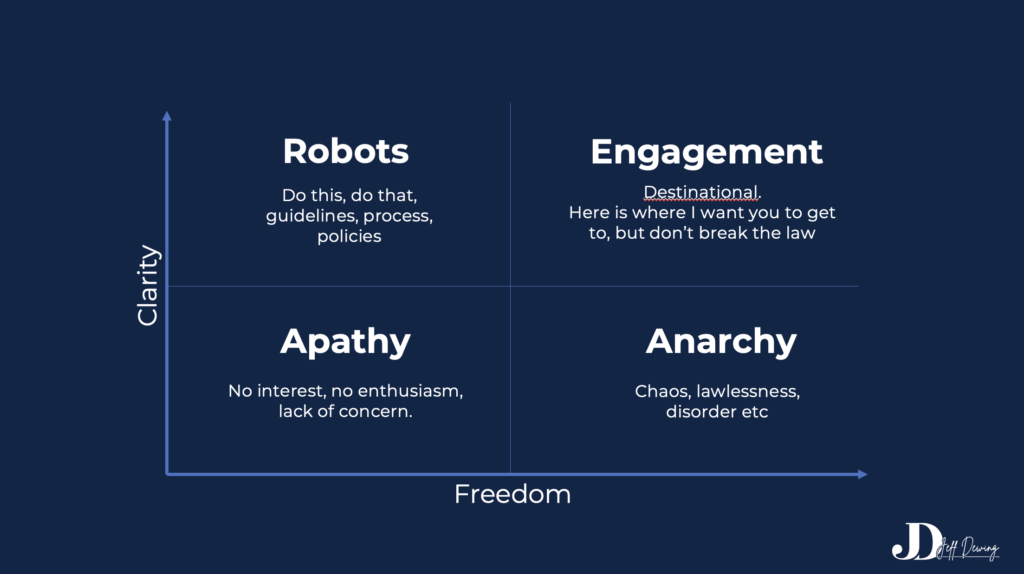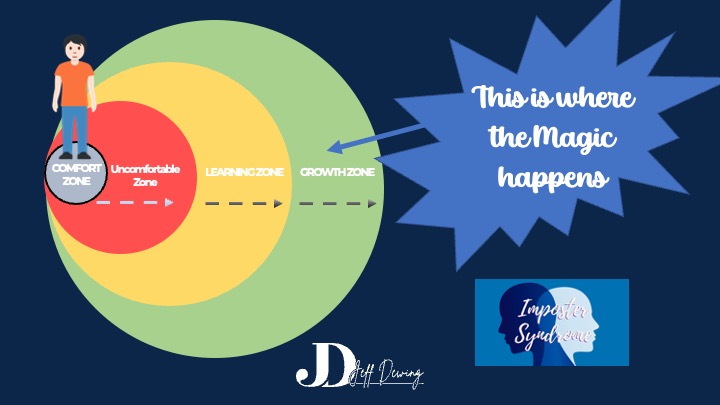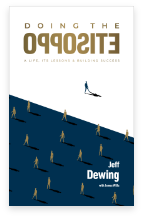Blog

“My job is to create a company of learners. I like to ask my people and myself, ‘When’s the last time you did something for the first time?’”
That’s a quote from a CEO who built one of the most innovative and robust company cultures in the world.
No, not Google, Tesla or Uber. It’s former WD40 CEO Garry Ridge.
For 35 years, Ridge worked for the company, and spent 25 years as its CEO before retiring in August 2022. In that time, he ensured the company never rested on its laurels as the ubiquitous oil and lubricant brand and expanded its sales across the world – something that’s incredibly important for a company that sells only one product.
More importantly, he created a company culture that prioritises innovation, growth and constant learning.
When he retired – after 25 years as CEO, remember – he did so with his organisation’s employee engagement score at 93%. An almost unheard-of number, especially after such longevity, where you’d normally expect some form of stagnation.
And they sell oil in a can!
So what’s the secret?
The ‘Work Tribe’ philosophy
WD40’s ‘Work Tribe’ philosophy reinforces the company as a close-knit ‘tribe’ that works towards common goals.
It creates an inclusive approach that nurtures not only a strong sense of belonging among its employees, but also a shared purpose.
The ‘Work Tribe’ philosophy also creates a nurturing and trusting environment. Ridge told the Harvard Business Review that employees are encouraged to take chances and try new things, even if it results in failure – or rather ‘learning moments’.
“Learning moments can be positive or negative,” he said. “But they are never bad, so long as they are shared for the benefit of all.”
Collaborative culture
That level of transparency and knowledge-sharing creates a collaborative environment where employees are empowered to work autonomously. When one person or team’s failure is not painted as a bad outcome, but as an opportunity for the whole business to grow, everyone is given licence to try new things.
As Ridge asks, “when’s the last time you did something for the first time?”
That mindset allows everyone, from the most junior employee to the team leader with the most responsibility to try something new every day.
Which is why we shouldn’t be surprised that WD40 has a 93% employee engagement score, or that 98% of its employees said they would recommend their company to a family or friend.
The point here isn’t that WD40 is a great company doing great things (though it is). The point is that no matter what your business does – and no matter what size it is – you can create that sort of culture with some thought and effort.
And, if you’re prepared to put in that effort, it can take a lot less time than you think, too.











